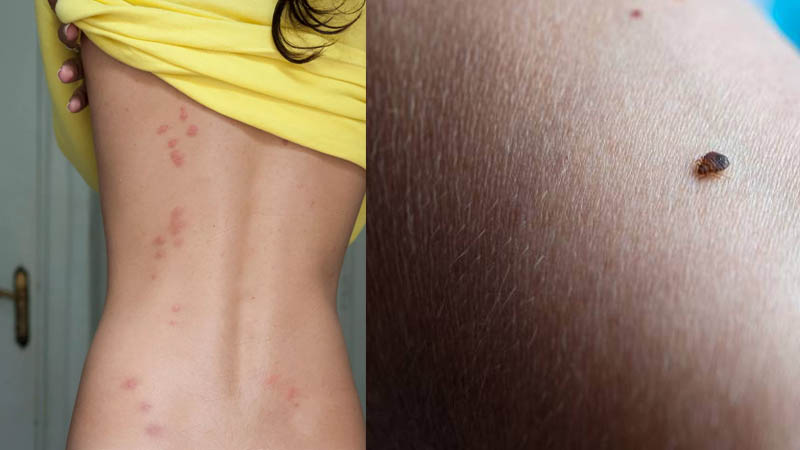Scientists have discovered a new strain of bed bugs that is nearly impossible to eradicate, boasting a staggering 20,000-fold resistance to common insecticides. This super strain, identified by researchers from Hiroshima University’s Graduate School of Integrated Sciences for Life, has evolved 729 genetic mutations and thicker shells, making them impervious to standard chemical treatments.
The bugs have been shown to resist pyrethroids, the most commonly used insecticide, nearly 19,859 times more effectively than previously identified superstrains. “We identified a large number of genes likely involved in insecticide resistance, many of which have not been previously reported as being associated with resistance in bed bugs,” remarked lead researcher Kouhei Toga.
This alarming development has significant implications, especially as bed bug infestations are on the rise globally. The resilient critters, which can hitchhike on clothing and luggage, are capable of surviving on planes, trains, and in homes for months without feeding. Female bed bugs exacerbate the issue by laying up to five eggs daily, with a total of 200 to 500 over their lifetime.
The resurgence of bed bugs is partly attributed to bans on potent pesticides like DDT, which nearly eradicated them in the 1960s. Now, their ability to detoxify chemicals and repel insecticides with thicker skins has given rise to infestations that are increasingly challenging to control.
Britain has seen a spike in infestations, with Rentokil reporting a 60% increase in affected locations, ranging from hotels to train seats. During the Paris Olympics, London’s tube trains underwent nightly cleaning to prevent the spread of bugs from Paris, where the pests have caused significant disruption, reported by the Express.
The problem is even more pronounced in the United States, where one in five people has dealt with bed bugs or knows someone who has. Philadelphia leads the nation in infestations, while Ohio ranks as the most bed bug-prone state overall.
To combat these resilient pests, experts are looking toward alternative methods, such as raising indoor temperatures to suffocating levels, though this may also be uncomfortable for humans. Researchers hope that understanding the genetic adaptations of these bugs will pave the way for more effective eradication methods in the future.
The discovery underscores the urgent need for innovation in pest control as these “virtually indestructible” bed bugs continue to spread globally.


